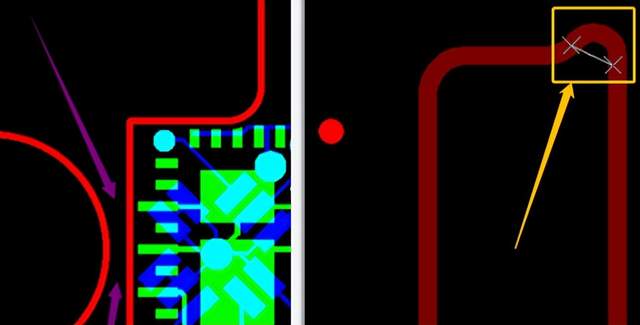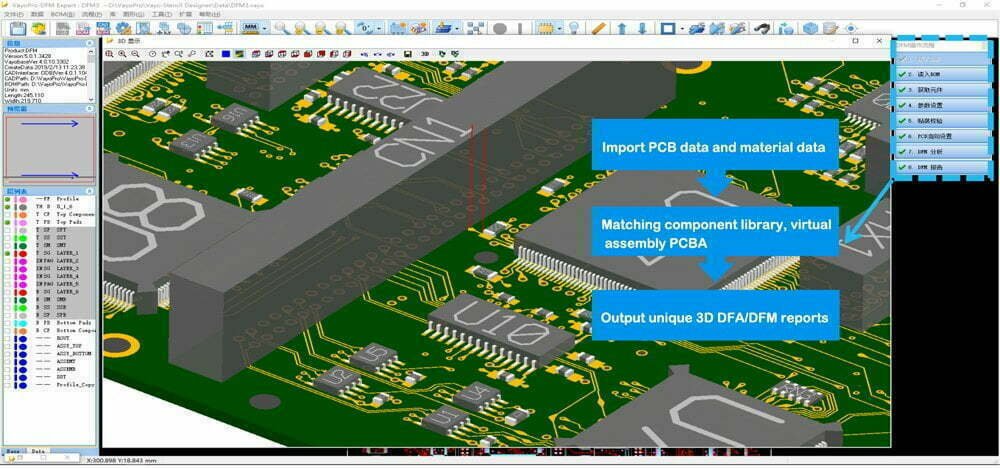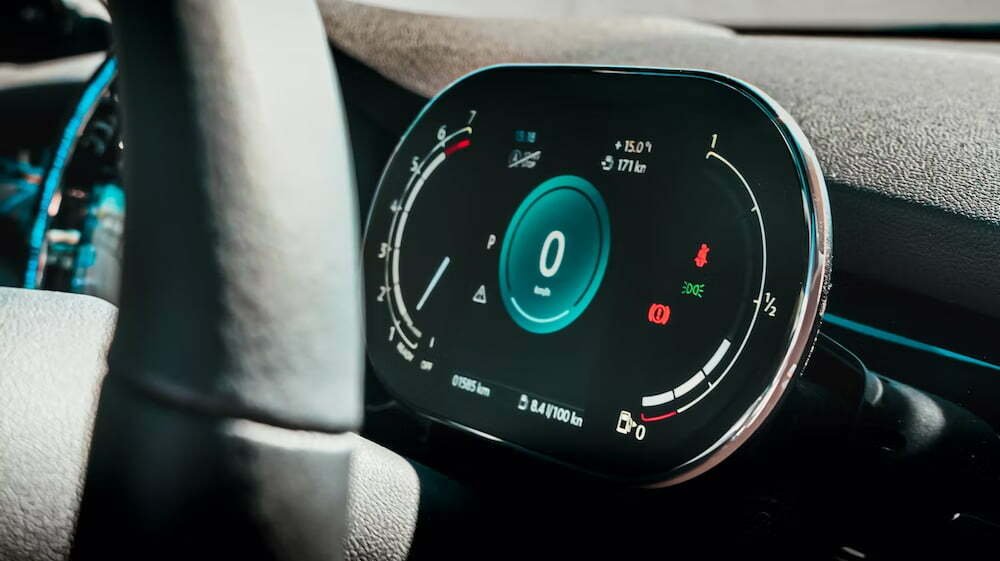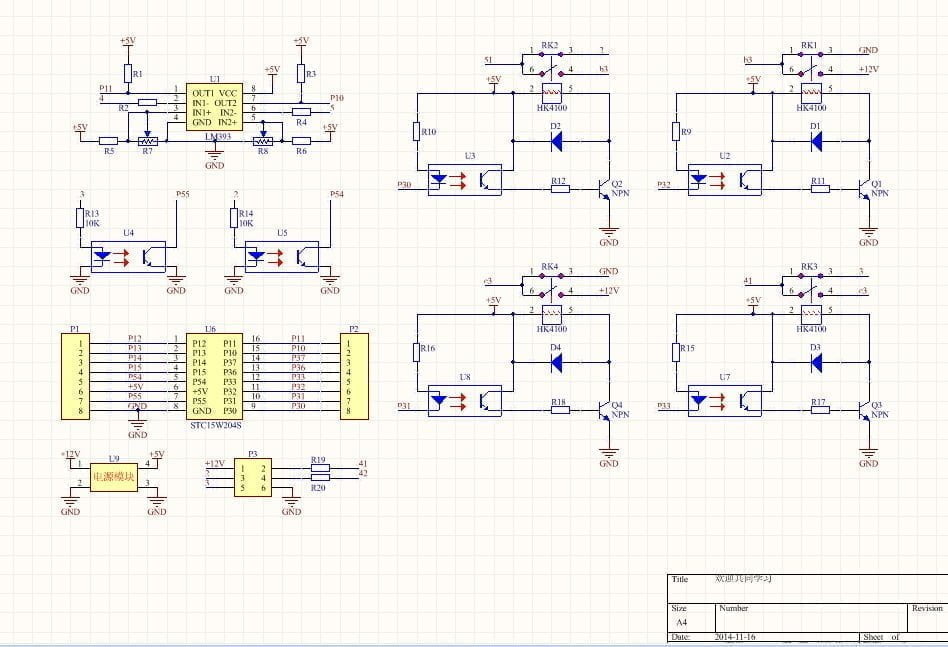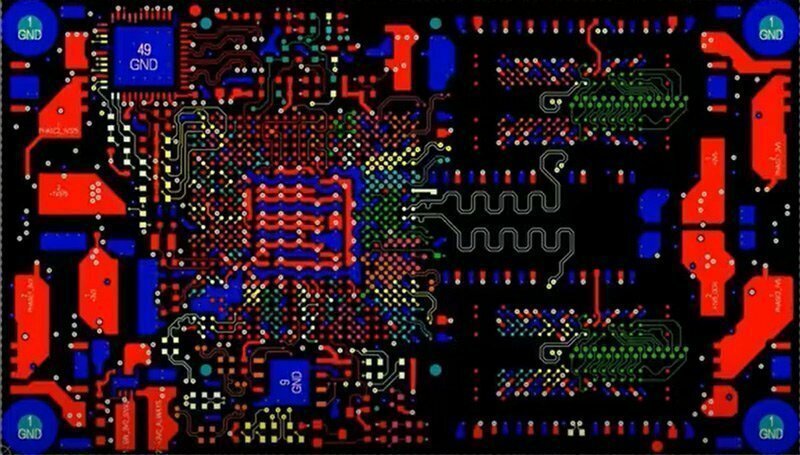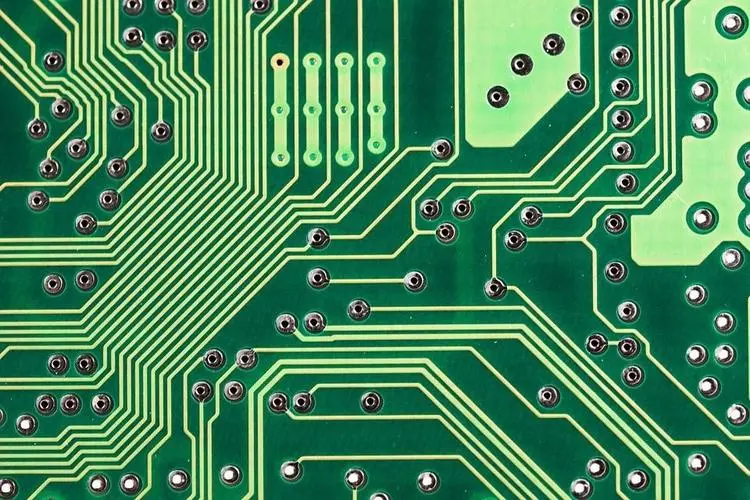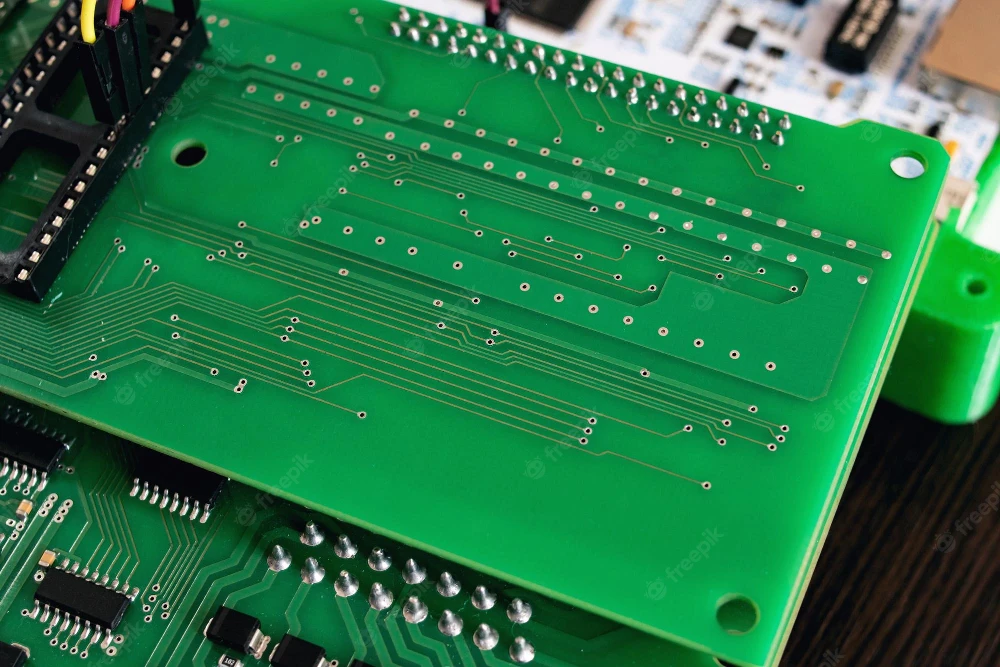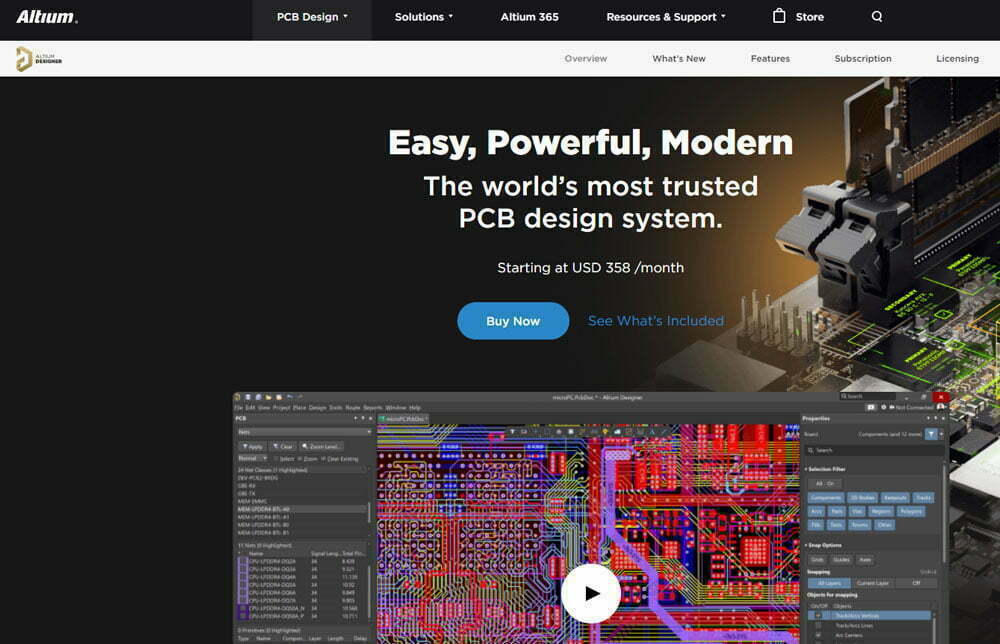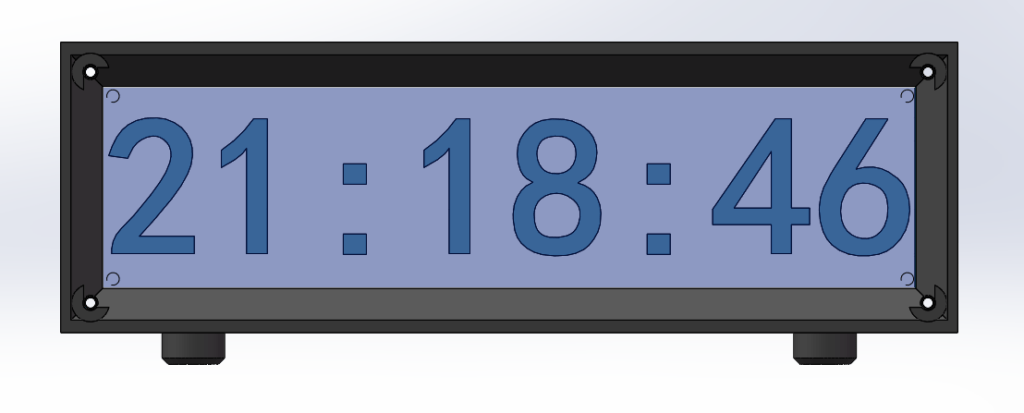Common PCB Design Problem
PCB Design Issues Drilling Hole Problem:Irregular hole ring design Risk:May confuse hole attributes Recommendation:Hole ring should be a hollow ring Problem:Holes without wire connections Risk:May lead to incorrect hole attributes Recommendation:Clearly define hole attributes in the source files Problem:Slot holes and circular holes overlap Risk:Unable to determine the required hole type Recommendation:If both need to […]

